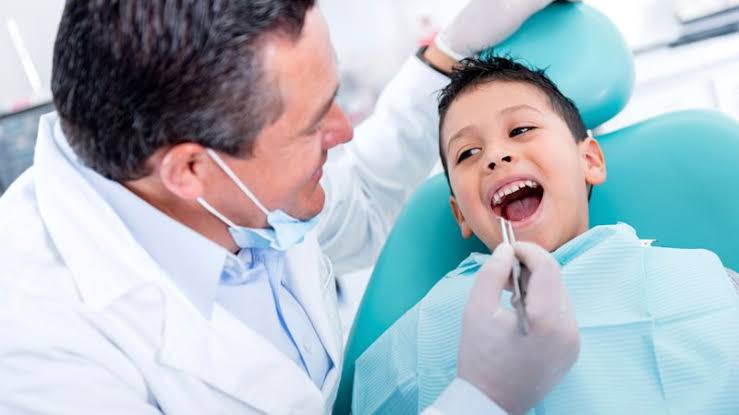What is Orofacial Myology and how can it help you? Orofacial myology, a specialty discipline, evaluates and treats various oral and facial muscles.
Myofunctional therapy is essentially a treatment that corrects an oro-facial muscle imbalance, which can also include correction of the position of your tongue during swallowing, and at rest.
If you have an orofacial issue, you can visit the specialist for orofacial Myology at https://www.mapledentalhygienecare.com/orofacial-myology/.

Image Source Google
Specific treatments include stabilizing and establishing normal rest positions. Taking care of your tongue and lips, correcting bad oral habits, and correcting swallowing patterns such as tongue thrusting.
During and after therapy, you will notice a change in your appearance. What are Myofunctional Disorders and how can they be corrected? A Myofunctional disorder of the oral cavity can be described as a range of oral habits, postures, and functional activities.
Myofunctional disorders are characterized by the below-mentioned oral habits.
- Dental bites can lead to dental arches deformation.
- Finger and thumb sucking
- An open mouth position with the lips separated
- The forward resting position of the tongue
- Tongue thrusting when speaking or swallowing
These disorders can cause disruptions in normal dental function.
Development in children and adults. Postural and functional variations that affect the tongue and lips can have serious consequences. These include cosmetic problems, dental malocclusion, and abnormalities in the growth or development of dental arches.
What is the Prevalence Rates of Orofacial Myofunctional Diseases (OMD)
A study of various populations revealed that 38% had orofacial Myofunctional disorder and, as previously mentioned, an additional 38% had both.
Children with speech/articulation difficulties have an 81% incidence rate. You know that around 80% of "tongue thrusters", or tongue-twisters, have an airway (respiratory problem), and the remaining 20% are usually healthy.